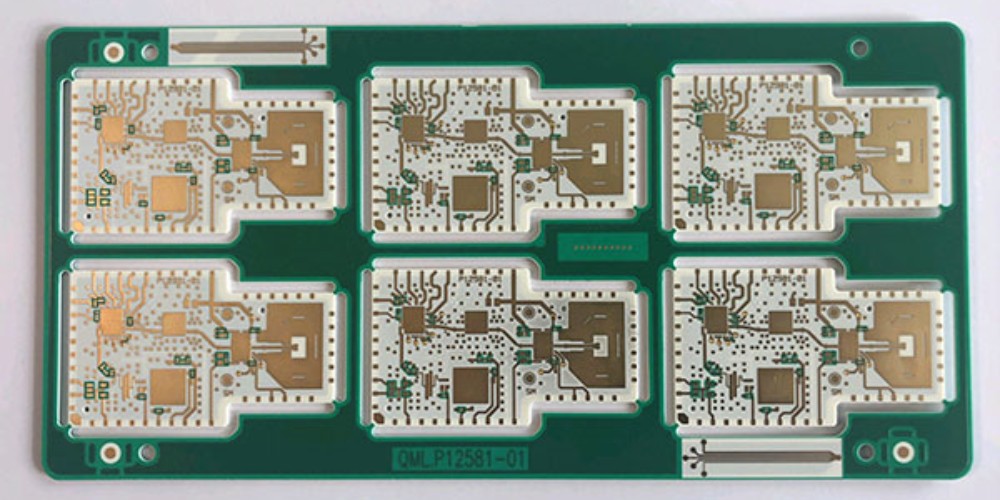Introduction
The Rogers and FR4 are two of the most popular digital communication systems used in military applications. In this article, we will compare and contrast these two systems to help determine which one is better suited for different use cases.
Overview of Rogers
The Rogers system has been around since the 1980s and is known for its ruggedness and reliability in harsh environments. Here are some key features of Rogers:
- Proven technology with 30+ years of field use
- Excellent resilience against jamming and interference
- AES-256 encryption for secure communications
- Software-defined radios for flexibility
- Waveforms optimized for mobile ad hoc networks (MANETs)
Overview of FR4
The FR4 is a newer system that offers high bandwidth and throughput. Key capabilities of FR4 include:
- High-speed data rates up to 274 Mbps
- Supports advanced waveforms like WMAX and LTE
- Built-in GPS synchronization and network management
- Dynamic bandwidth allocation algorithms
- Interoperability with civilian cellular networks
Comparison of Capabilities
| Parameter | Rogers | FR4 |
|---|---|---|
| Encryption | AES-256 | AES-128 |
| Data Rate | 16 kbps | Up to 274 Mbps |
| Waveforms | Legacy & MANET | Advanced (LTE/WIMAX) |
| Jamming Resistance | Excellent | Moderate |
| Interoperability | Only with Rogers | Civilian networks |
Suitability for Different Applications

Tactical Edge Networks
For tactical edge networks that need lightweight, low-bandwidth communications at the last mile, Rogers is likely the better choice given its resilience against jamming and proven reliability.
Rear Area High-Throughput
In rear area networks where high bandwidth and throughput are critical, FR4 is likely the superior option due to its support for 4G/5G waveforms.
Cost Considerations
Rogers provides excellent capability at low cost while FR4 requires advanced modems and has higher sustainment costs. This makes Rogers better suited for cost-constrained programs.
Conclusion
In conclusion, Rogers excels in tactical edge networks that demand resilience, reliability, and affordability. The FR4 is advantageous in rear area networks where high data rates and interoperability are important. System planners should weigh these factors carefully based on their specific application’s requirements. Employing both systems can provide complementary capabilities across the battlefield.
Frequently Asked Questions
What are the key differences between Rogers and FR4?
The main differences are that Rogers uses proven legacy technology focused on reliability and jam resistance while FR4 leverages newer standards to provide high throughput. Rogers has basic encryption while FR4 supports AES-128.
Which system typically has lower size, weight, and power (SWaP)?
Rogers radios generally have lower SWaP given their simpler technology. The advanced LTE/WIMAX modems used by FR4 require more processing power and larger batteries.
Can Rogers and FR4 communicate directly with each other?
No, Rogers and FR4 use completely different waveforms and protocols. They cannot establish direct interoperable links unless specific translators or gateways are employed.
What frequency bands do Rogers and FR4 operate in?
Rogers uses frequency hopping in bands from 30-88 MHz while FR4 can leverage cellular bands from 600 MHz to 5 GHz.
Which system is easier to jam or intercept?
Rogers is extremely resilient against jamming and interception due to frequency hopping. FR4 is more vulnerable since it relies on common public standards.

Leave a Reply